On April 2, 1982, Argentinean military forces mounted amphibious landings — known as Operation Rosario — on the British Crown Colony Falkland Islands. It resulted in the ten-week-long Falkland Islands War, the last conflict to see a European power engage directly in combat with a nation in the Americas.
The war was also notable in that both the Argentine Armed Forces and the British military employed the Belgian-made FN FAL, with the British using the L1A1 Self Loading Rifle (SLR), a semi-automatic-only version.
[For information on a special FAL, check out our article on the Springfield Armory SAR-48.]
In addition, the British Army and Royal Marines also used the Sterling submachine gun, while it was also the last conflict to see widespread use of the World War II-era Bren Gun by Commonwealth forces. By contrast, some of the Argentine troops — notably commandos and scouts — carried a domestically made SMG. Some early accounts even misidentified the compact weapon as an Israeli Uzi, which it does resemble.
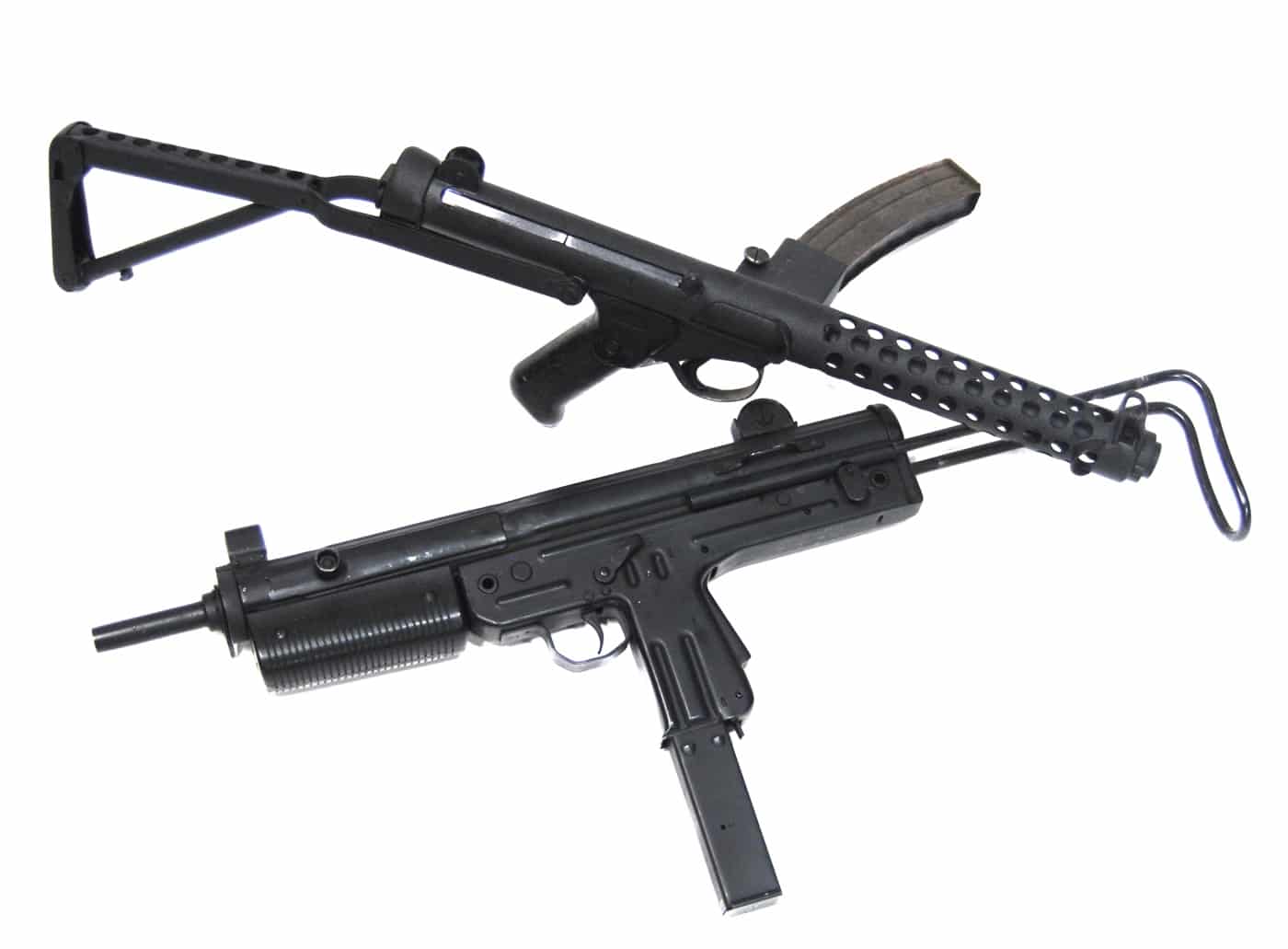
However, it was in fact the FMK-3, which had only entered service eight years before the conflict. The firearm was chambered for the same 9x19mm Parabellum cartridge as the Uzi, but was slightly larger and heavier.
Enter the PA-3DM
Development of the FMK-3 began in the early 1970s, to replace its older submachine gun.
It should be noted that Argentina had long imported small arms and military hardware from Europe — with it being among the first nations to widely import the German Mauser bolt action rifle, and soon after the Maxim machine gun.
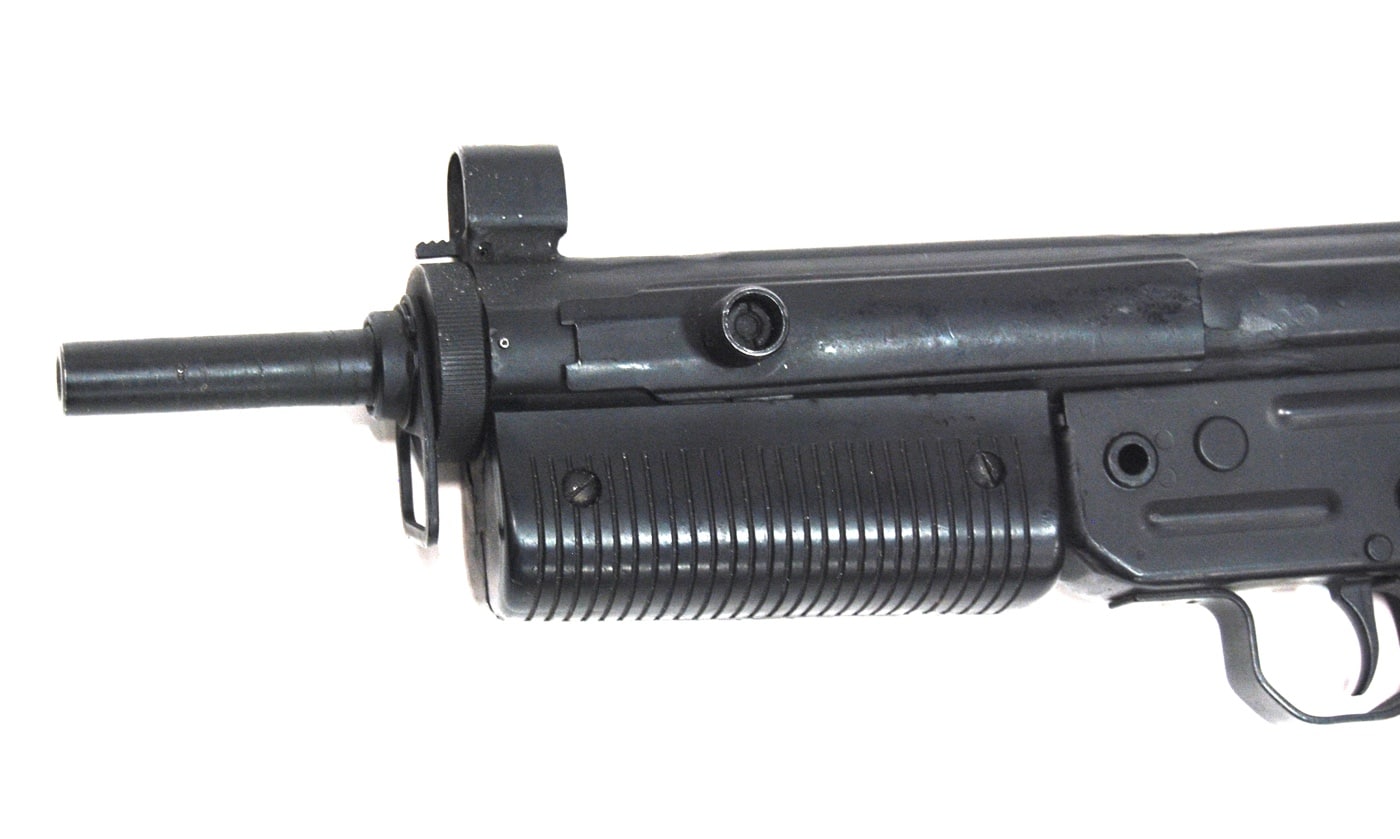
Following the Second World War, Argentina began a modernization effort and its Fábrica Militar de Armas Portables Domingo Matheu (FMAP DM), a branch of the Dirección General de Fabricaciones Militares, acquired the production rights to produce the U.S. M3A1 submachine gun under license. Constructed of somewhat thinner-gauge steel, and about 7/8-scale in size, the P.A.M 1 (Pistola Ametralladora Modelo 1) was introduced in 1954. It was chambered for 9x19mm and had a higher rate of fire than the American “Grease Gun.”
However, the P.A.M 1 proved difficult to control, and in the early 1960s a second model — the P.A.M 2 — was produced. The select-fire model also added a grip safety. Both versions remained in service until the early 1970s when FMAP DM called for a new weapon that could employ a telescoping bolt — a feature that allows for a more compact firearm, while the magazine could be located in the pistol grip.
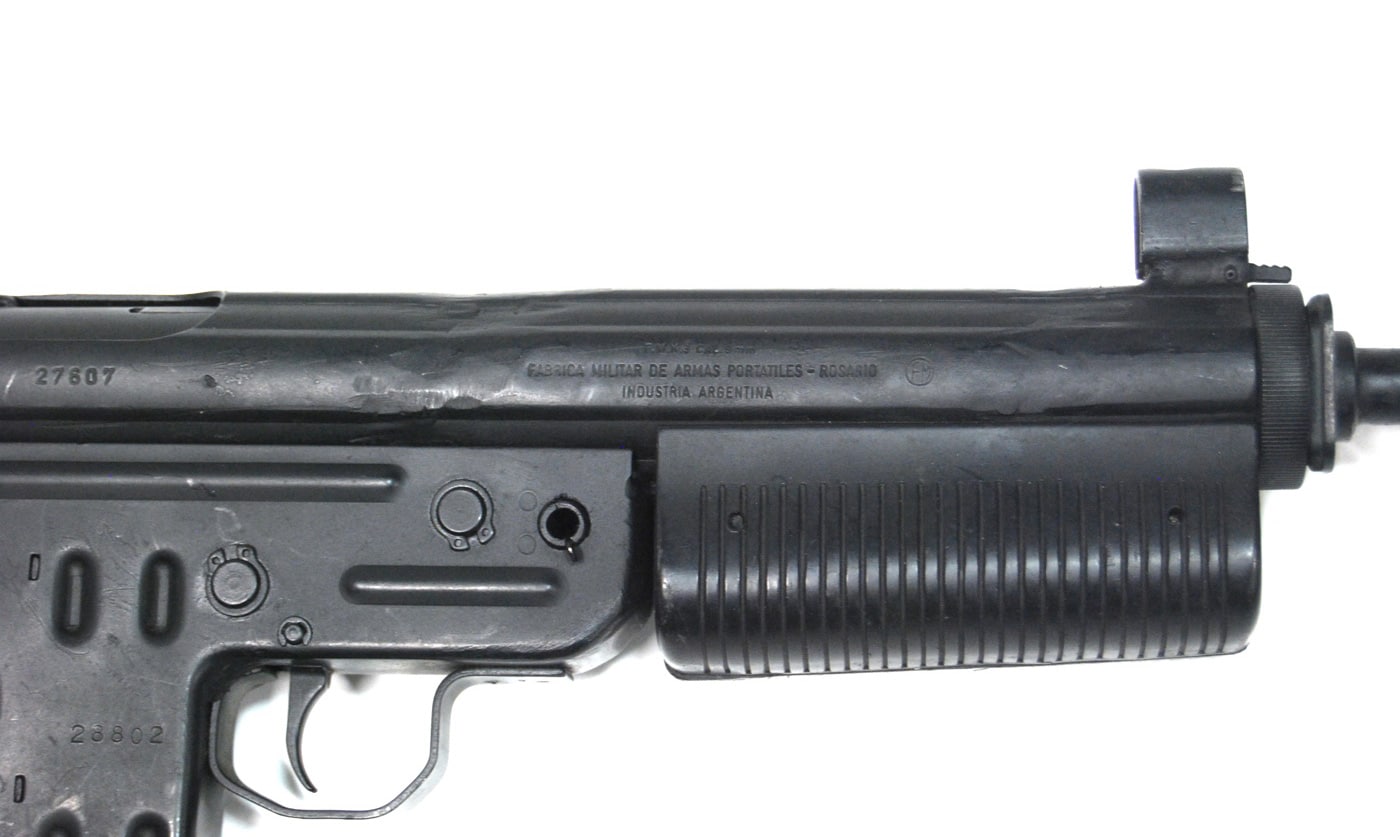
The design of the FMK-3 thus was a significant change from the P.A.M 1/2, as it was heavily influenced by such SMG as the Israeli Uzi and Czechoslovak Vz 23, both in looks and internal mechanism. Originally designed the PA-3 DM, the SMG featured blowback operation with a telescoping bolt, while magazines are inserted in through the pistol grip, which is fitted with a grip safety. As with the preceding firearms, the PA-3 DM was chambered for the 9x19mm cartridge.
The SMG was redesignated the FMK-3, and it was reportedly produced with different types of stocks — initially a wooden/plastic buttstock similar to the removable stock employed on the Uzi, and later a retractable wire stock similar to that of the M3A1 “Grease Gun.” The latter version was designated FMK-3 Mod 2, following the Argentine military nomenclature of the era.
Operation and Rate of Fire
Weighing about 7 lbs., 8 oz., the FMK-3 SMG had an overall extended length of 27” with the wire stock extended, and about 20.5” with it collapsed. The barrel was 11.4” with six grooves in a right-hand twist. It was noted for featuring the safety, disconnect, and auto sear positioned behind the handle, while the fire selector switch has three positions: “S” (Seguro or Safe), “R” (Repetición, Semi-auto), and “A” (Automático, Auto).
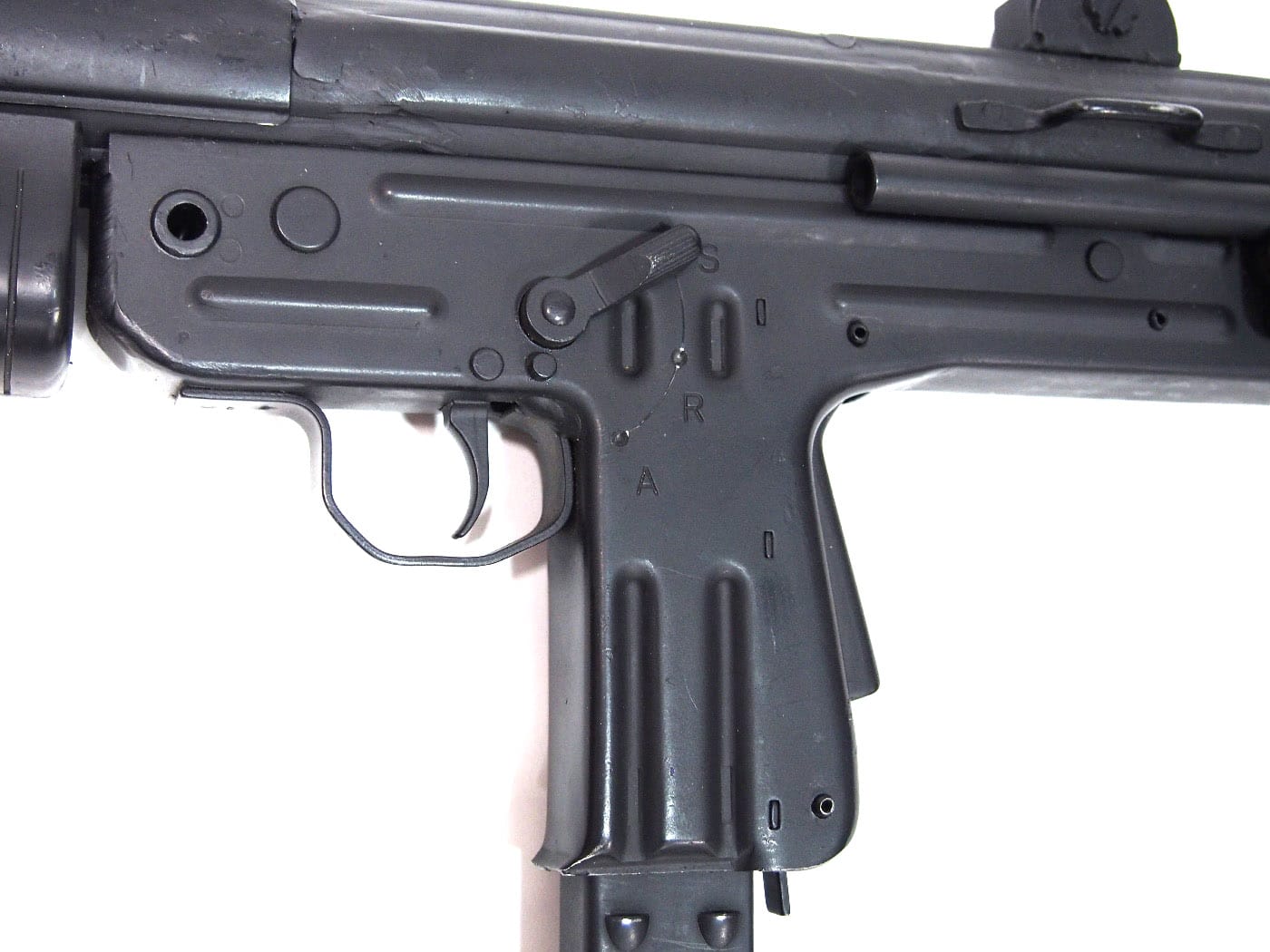
The weapon’s charging handle was located on its left side, unlike the Uzi’s handle that was positioned on the top of the receiver. In addition to the manual safety, the Argentinian FMK-3 featured a grip safety that required it to be grasped correctly. If not pressed, the bolt was blocked from closing.
Made of stamped steel, the Argentine SMG had a rate of fire of 650 rounds per minute and an effective range of around 100 meters. It was fed from double-stack 25-, 32- and 40-round detachable box magazines, and featured flip-up iron sights. According to those who have used it, the FMK-3 is quite controllable, despite the fact that it fires from an open bolt, and it is also said to be reasonably accurate in full-auto mode.
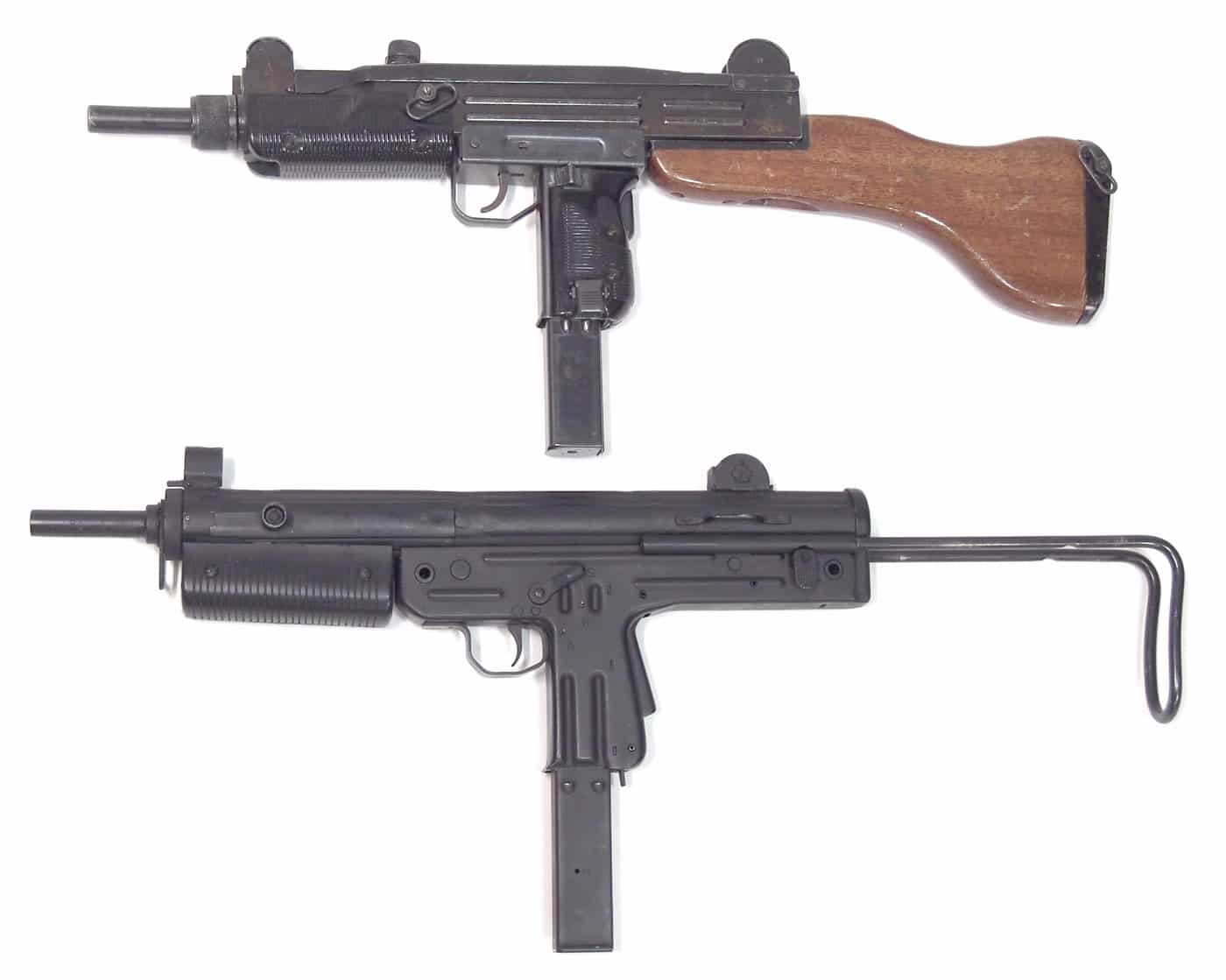
Total production, which began in 1975 and continued until 1993, was around 85,000 units.
A civilian model — designated the FMK-5 — featuring an extended barrel and available only in semi-automatic, was briefly produced in the 1970s.
South American Military and Police Use
First adopted by the Argentine military and then national police, the FMK-3 9mm SMG was also exported throughout Latin America and saw service in Bolivia, El Salvador, Guatemala and Uruguay. The Argentine SMG also made its way to Croatia during the 1990s and was used in that nation’s war of independence.
The first use of the FMK-3 in combat, while unconfirmed, was purported to be during the “Dirty War” — the military junta’s campaign that hunted down political dissidents and anyone believed to be associated with socialism, left-wing Peronism or the Montoneros movement.
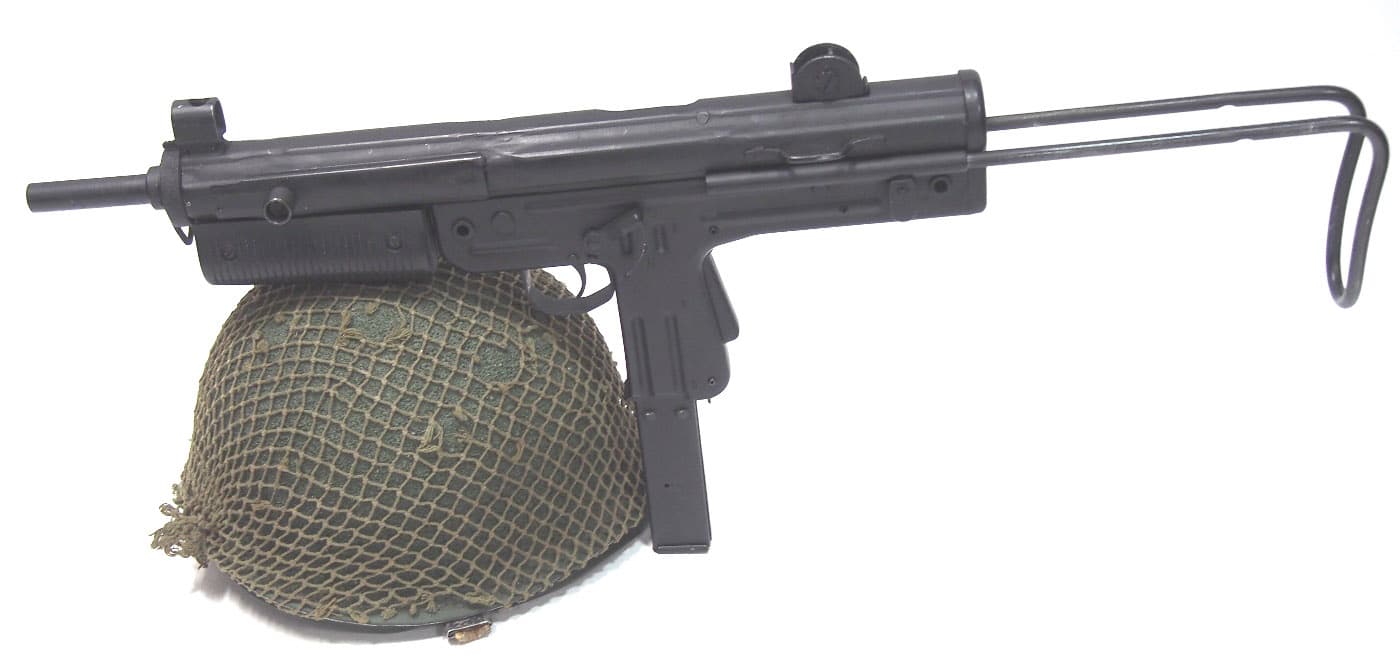
As noted, the FMK-3 was certainly among the weapons employed by Argentine forces during the 10-week-long Falklands War. As the SMG was used by paratrooper and commando units, it likely saw use during the Battle of Goose Green on May 27-28, and almost certainly was present at the Battle of Mount Kent. That latter series of engagements was fought primarily between British and Argentine special forces from May 29 to June 11.
The FMK-3 likely also saw use in the civil wars in Guatemala and El Salvador. As recently as 2010, it had been employed by private security personnel in the latter Central American nation.
The SMG continues to see limited service with law enforcement and the military in Argentina, while it also remains in the arsenals of the Bolivian Army the Uruguayan Armed Forces and the National Police of Uruguay. Though not a perfect weapon, it is still reliable and is chambered for the popular 9mm cartridge.
No Pop Culture Star
It is not a surprise that the FMK-3 isn’t more well-known as its use has largely been in South America. But it has also only appeared in a handful of films, mostly low-budget action yarns.
Its only true “mainstream” release was in the 1993 UK television film Detonator, based on the Alastair MacNeill novel Death Train, which was fleshed out from an unfinished Alistair McClean screenplay. It starred Pierce Brosnan in a pre-007 role as Michael ‘Mike’ Graham, an agent of UNACO (United Nations Anti-Crime Organisation), who is tasked to stop a military train that’s been loaded with a nuclear weapon before it reaches Iraq. For reasons that are never explained, Brosnan’s character carries the Argentine weapon throughout the film — an odd choice for a British agent, to say the least.
It has been suggested that the British armorers acquired the SMG along with other captured Argentine small arms in the Falklands, and possibly wanted Graham to have a truly unique firearm. The SMG makes an appearance in the 1995 sequel Detonator II: Night Watch and is likely the same firearm.
The most recent appearance of the weapon was in the 2005 film Blessed By Fire (Iluminados por el fuego) in Spanish, an Argentine war film set during the Falklands War. One of the only films produced in the South American country about the conflict, it won the Tribeca Film Festival’s “Best Film” award.
Editor’s Note: Be sure to check out The Armory Life Forum, where you can comment about our daily articles, as well as just talk guns and gear. Click the “Go To Forum Thread” link below to jump in!
Join the Discussion
Read the full article here

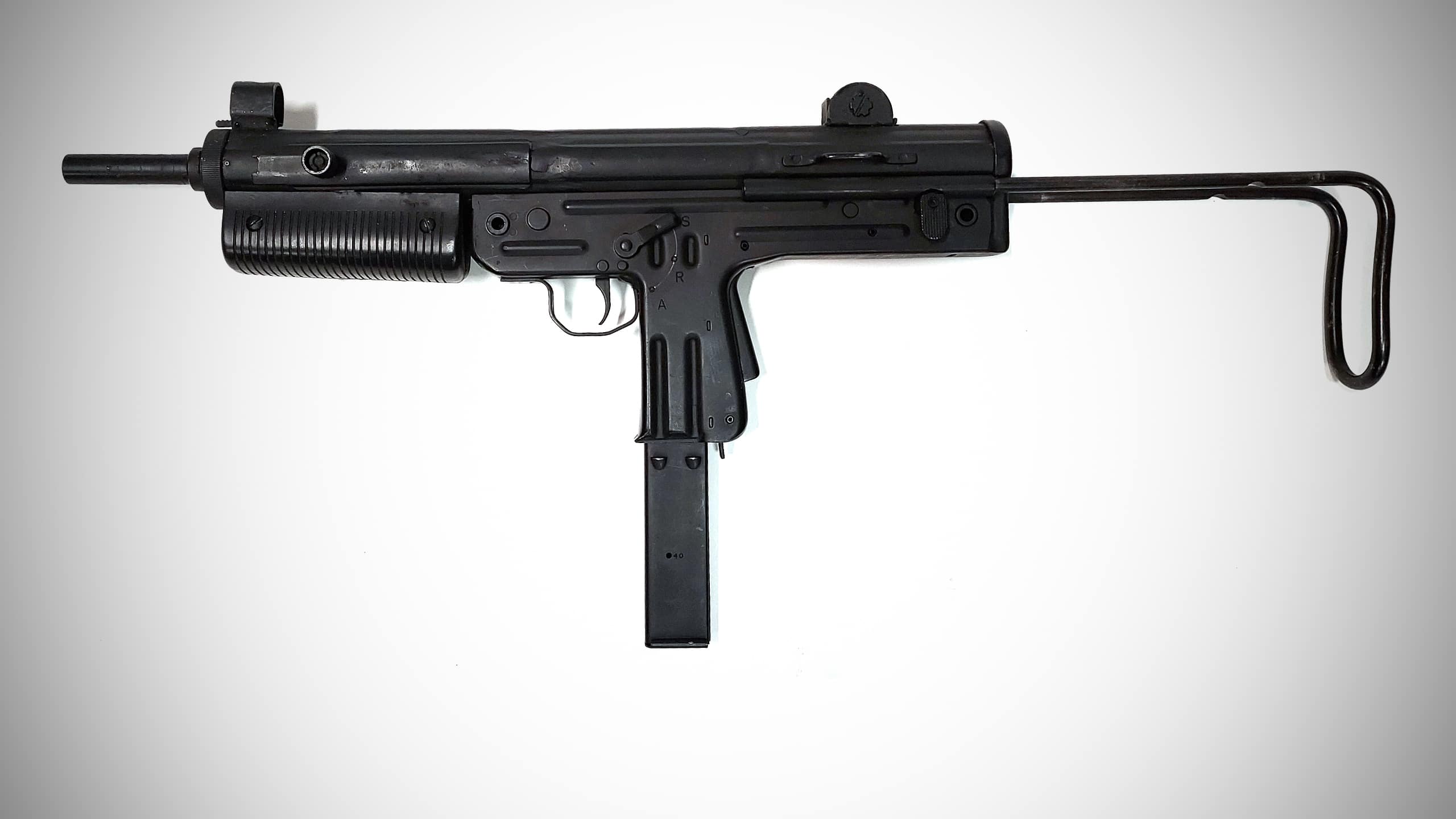




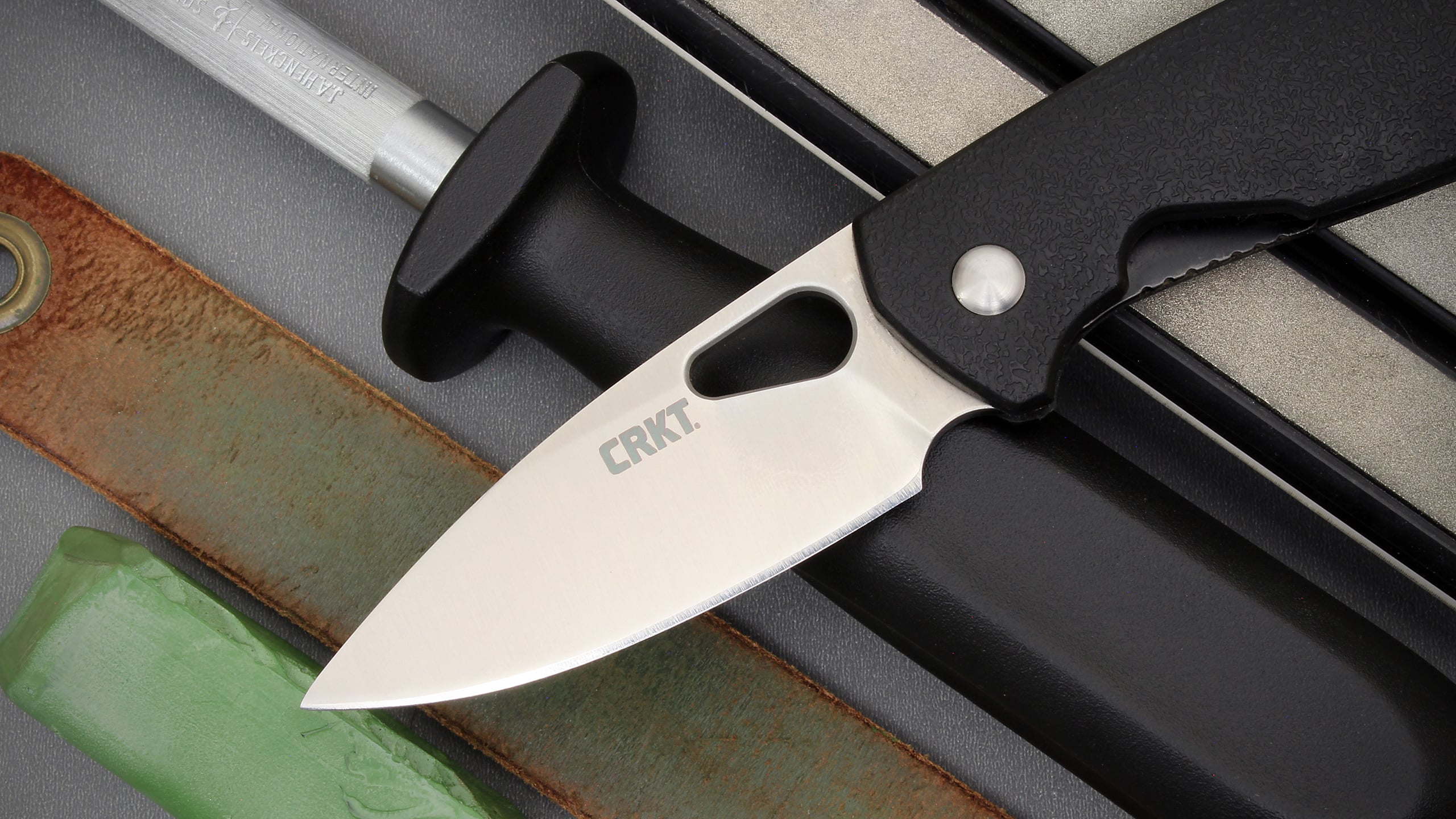





Leave a Reply